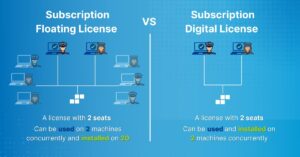
Here in the US, we’re hyper-focused on standards and compliance. In the aftermath of the 2009 paper, Strengthening Forensic Science in the United States: A Path Forward, many national and state initiatives were put forward to address the issues raised in the document.
We love checklists. Yes, sometimes there’s a need to stray a bit from the workflow, but checklists help guide the work.
Expanded workflow:
- Case Management (Assembling the evidence and the questions to be answered)
- File Triage (Can I view this file?)
- For Proprietary File Types – Creation of Proxy (Amped DVRConv / Amped FIVE)
- Imoport / Acquisition (Load into Amped FIVE)
- Content Triage (Can I answer the question with this file?)
In our classes here, we present the workflow from the standpoint of science and the law. One of the most important steps in the beginning of the workflow is Content Triage.
Content Triage is the process of asking of one’s digital multimedia evidence, “do I have the appropriate quantity/quality of data to answer the questions in my case?”
If you do, great. Proceed with your work. If not, your results will be limited and those limitations should be noted in your report. An example of a limitation can be seen in the many files processed where the target area lacks sufficient resolution.
I’ve got a short video on this topic over on our YouTube page (click here).
I’ve been traveling the country speaking on this topic and its importance in investigations. My next stop will be at the Society for Integrity in Force Investigation and Reporting Annual Conference in Henderson, Nevada. You can get more info on this event over on our Events page. I hope to see you there.




